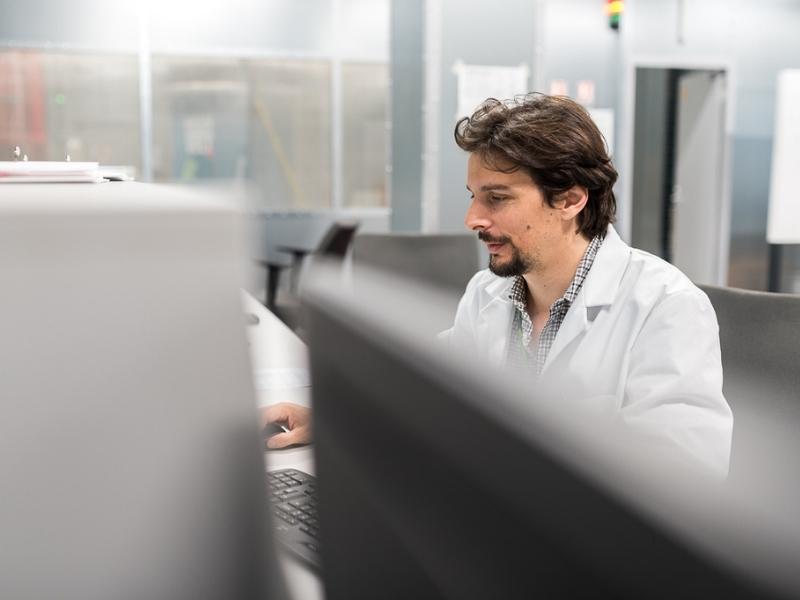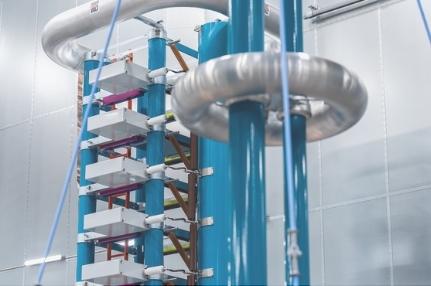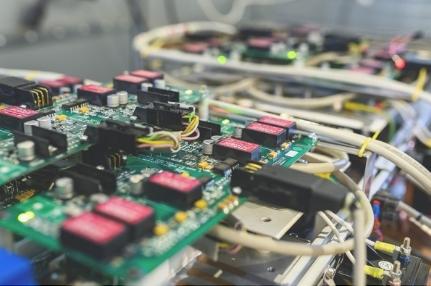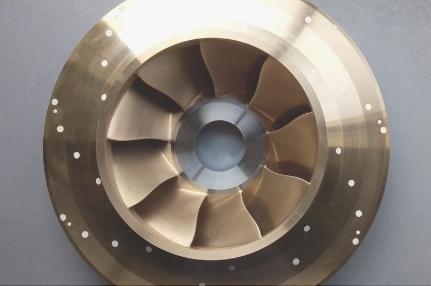Research & Collaboration
What makes us unique?
SuperGrid Institute owes its success to the people who make up our various research departments. Our teams come from diverse backgrounds in industry and academia, and their wealth of experience and skills make the Institute unique. Each individual brings specific expertise to the table.
This melting pot of knowledge offers opportunities for specialists from different fields to collaborate on new and innovative solutions to technical problems.
The Institute also benefits from close collaborative relationships with industry and academic institutions. The complementary strengths of our partners provide insights and innovative approaches to technical challenges. At the same time, we retain total independence in our research. Public-private investments and collaborative projects finance our work.
SuperGrid Institute’s state-of-the-art research facilities, test platforms and laboratories at the Villeurbanne and Grenoble sites are key to the success of our five research departments.


Latest scientific publications
Investigations on the use of Synthetic Air as a Retrofill gas Alternative to SF6 in existing Gas Insulated Switchgears
A study regarding the possible retrofill solutions of existing 245 kV and 420 kV equipment is the scope of this paper.
Hygrothermal Aging on Epoxy-Based Dielectric Insulators for Low-Power Instrument Transformers
This paper investigate the impact of combined temperature & humidity on epoxy durability using weight measurement, dynamic scanning calorimetry & dielectric spectroscopy.
ALT Data Fitting for Polypropylene-based HVDC Cable Insulation Developed in the HEU-NEWGEN Project
The goal is to know better how these materials behave over time under different steady electro-thermal stresses, which is crucial for developing more reliable HVDC cable systems.







